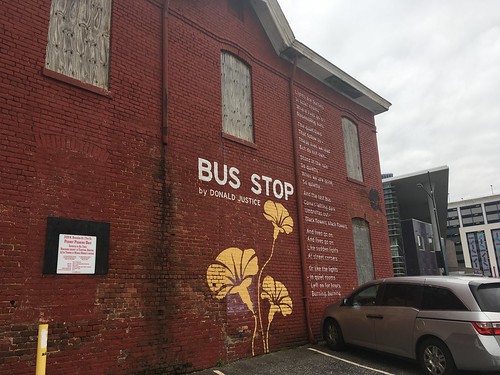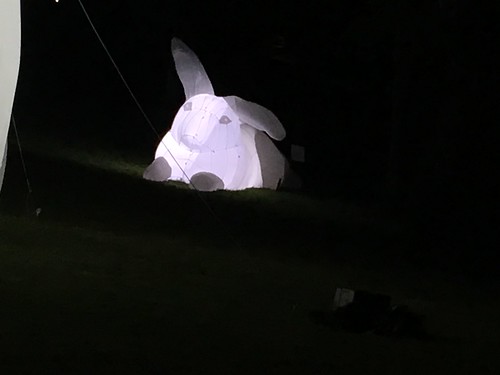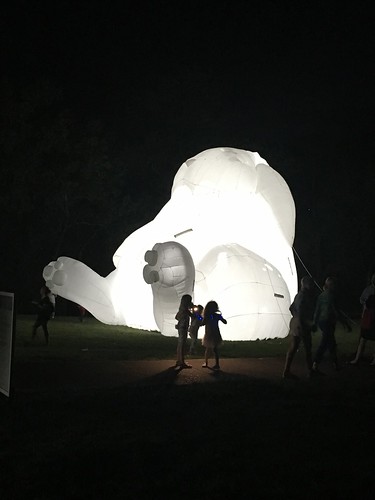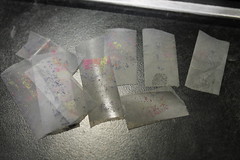Post Subject: A Fable, Oliver de la Paz University of Akron Press, 2014
I confess: I have no idea what the title of de la Paz’s book means. It makes me think of literary criticism, of which I am fairly ignorant, and mythology.
I confess I was also not expecting to open the book and to find every poem begins with the same two words: “Dear Empire”.
After further thought, though, I feel that my initial comments above may be a more accurate description than I had originally realized: the book critiques, in an attempt to dismantle, the myth of Empire and colonization, without forgetting that there is beauty in not only the world but the the people caught up in Empire.
In a series of nearly-epistolary poems, de la Paz builds an entire world: Empire, artist, jellyfish, and the history of the conquered peoples as the Empire expands. It begins as a catalog—the Empire’s meadows, parks, salt flats, skies, vistas—and before you can begin to ask who is speaking?, you have met the artist’s son and the artist, and ghosts and martyrs begin to populate what feels like a narrative, delivered in thin slices.
Which is not to say that the poetry is thin. The language is thick with evocative nouns. Each epistle is presented in three verse-paragraphs, giving each poem a sense of structure and relationship to the others. The repetition of the address and the use of the second person also have a cumulative effect as the book continues.
But I think what stayed with me the most were the jellyfish. I associate them with climate change and cluttering up the oceans, and in Post Subject: A Fable, they recur as one of very few ocean/water motifs. De la Paz gives them and their potential metaphor a lot of weight, by choosing to close the book with a focus on them, including these lines, which, on re-read, can never just be about mere polyps:
“And in the darkness of the sea, something blooms. Something blooms. Something unseen divides and rises.”






